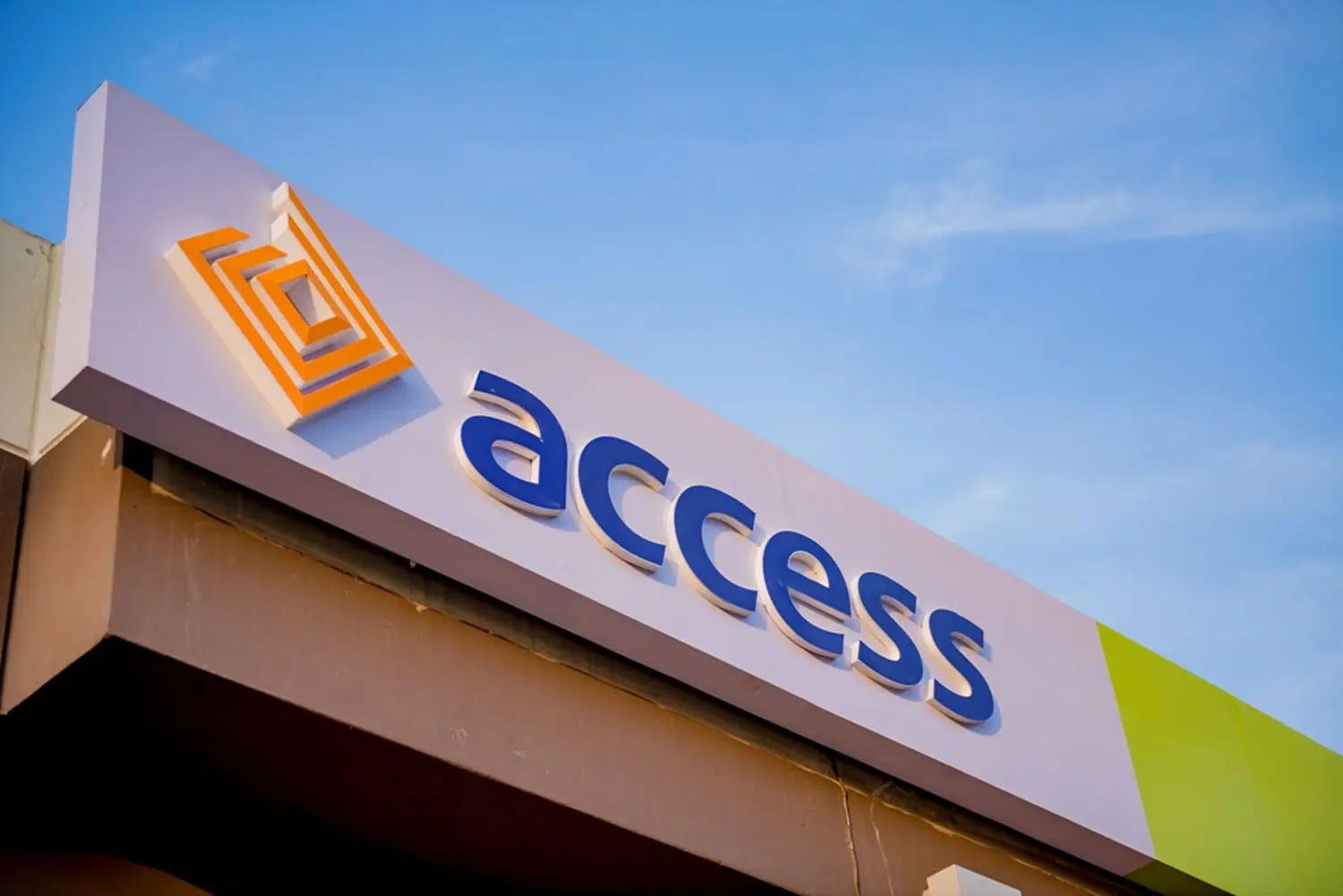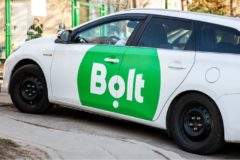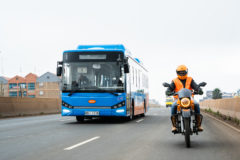Nigeria’s rising inflation and fuel price surge have made ride-hailing customers turn to Rida and InDrive which offer cheaper pricing and the ability to negotiate fares with drivers. This trend presents an opportunity for both platforms to snag greater market share.
Since 2020, Raheem Balogun, a product manager, has used Bolt for his daily commute to work. But that changed in June when Bolt increased its base fare from ₦650 to ₦800 in response to the fuel subsidy removal. Its more expensive rival Uber adjusted its fare from ₦850 to ₦1200. Like many riders TechCabal spoke with, Raheem has now found an alternative in Rida and inDrive that allow riders to negotiate fares with drivers. “I prefer to use them [Rida and inDrive] because their fares are cheaper,” he told TechCabal.
Beyond pricing, the real catch for many riders is that inDrive and Rida allow customers to negotiate fares. While Uber and Bolt give price estimates before the trip starts, InDrive and Ride allow customers to propose a price–drivers can accept those prices or make counterproposals. Both ride-hailing services also don’t have base fares.
California-headquartered inDrive and Armenia-based Rida aren’t new to the Nigerian market having launched in 2019 and 2020 respectively. If they seem new, it’s because an increase in fuel prices and attendant cab fares are finally making customers prioritise pricing over brand names–a sector that was dominated by two giants is now opening up. A ride from the Lagos State University campus, Ojo to the National Stadium Complex in Surulere costs between N5,500 and N6,900, with Bolt compared to Uber’s price of N8,580. The recommended price for the same trip on inDrive was N5,000, while Rida’s was N5,400.
While cheaper pricing and the ability to negotiate will help Rida and InDrive gain some market share, they still have bigger worries if they’re not to find themselves in the persistent driver troubles that Bolt and Uber are currently facing.
Good for riders, but not drivers
Ride-hailing drivers—at the direction of the Amalgamated Union of App-based Transport Workers of Nigeria (AUATWON)—are demanding a 200% increase in fares from Uber and Bolt. The Union doesn’t have InDrive and Rida in its crosshairs yet because both companies charge lower commissions. While Uber and Bolt collect a 20% commission on every ride, inDrive takes 10% excluding VAT and Rida charges no commission. But there are signs that these low commissions may not be sufficient incentives for drivers in the long term.
Felix, a driver who asked to be identified only by his first name, told TechCabal that controlling costs remains a big issue. “When you consider the cost of fuel, the commission, and the payment we have to give to the car owners, you realize that the situation is a bit challenging for us,” the driver who uses both platforms said.
One major trend is that drivers now register on all major ride-hailing platforms, hoping to find the most lucrative deals in their location. It’s common for drivers to use the estimated prices on Bolt and Uber to get similar deals on InDrive or Rida, banking on the lower commissions to improve their margins.
Some peculiar cultural problems remain, like the perception of many customers that drivers treat them differently when they use these cheaper solutions. Susan, a frequent user of inDrive said drivers often act like “they are doing you a favour because you’re negotiating prices.” Another person said that the drivers sometimes ask for a different price other than what was agreed. These are early indications that InDrive and Rida need to strengthen their brand efforts and improve customer perception.
Rida and inDrive customers have also complained about the user experience on the apps. In an email response to TechCabal, inDrive said it is working “to tackle any issues that arise, concentrating on enhancing the app’s performance and refining the user interface.” Rida recently upgraded its app, adding new features such as a navigation system and a safety button.






















